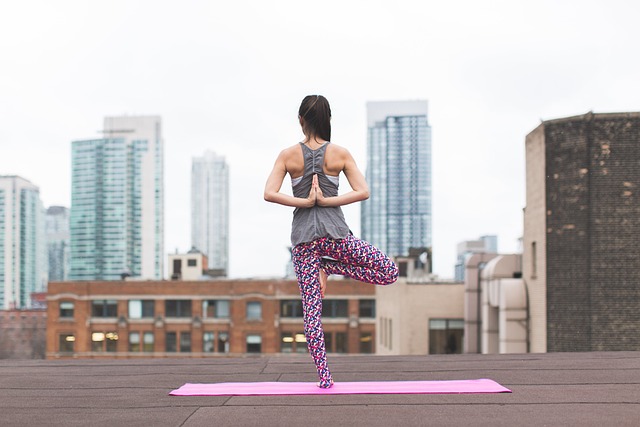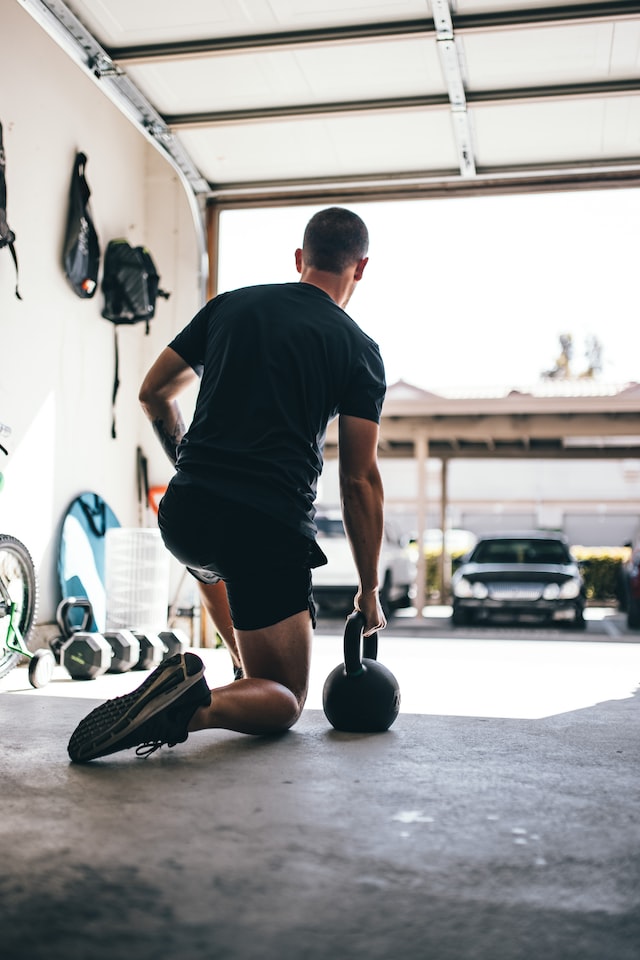Certain conditions that affect our joints such as gout and osteoarthritis can be painful, debilitating and ultimately limit mobility. Exercise can be a great way to help sufferers manage the symptoms associated with such conditions.
However, working out in the wrong way can have the opposite effect and ultimately be detrimental to the health of your joints. That’s why it’s so important to carefully consider which exercises are best for you, and how often you should be performing them. In this post, we provide some top tips to help you work out your new fitness regime, to help keep your mind and body healthy.
Find the time
First and foremost, you need to consider when you plan to do your workouts. Working out at home gives you the flexibility to squeeze in a session around other commitments, so think about the times in the day when you might have a spare 20 minutes that you can dedicate to exercise. Understanding how much spare time you have and when you will be able to work out will then help you to determine which exercises best suit you in order to tailor your plan accordingly.

When exercising with joint pain, it’s vitally important that you don’t overload your body with too much vigorous activity in one go. Slow and steady always wins the race, so bear this in mind when deciding when and how you will exercise. Spreading your workouts over a longer period of time, and doing little and often will be more beneficial than pushing yourself too far.
Choose the right exercises
This is arguably the most important element of any kind of physical activity, but it’s particularly pertinent if you’re living with a physical condition. If you are constrained by a joint condition, then low-intensity activities will always be best. These exercises will help to keep you fit and healthy, without putting unnecessary strain on your bones, joints and muscles.
Some of the best low-impact exercises for people living with arthritis include walking and water aerobics. However, for the majority of people, these activities can’t be done at home. So if you are planning on predominantly working out in private, you may need to widen your scope and consider some other more appropriate activities. Most low-impact exercises don’t require much equipment, and instead typically rely on your own bodyweight. For example, yoga, pilates, push-ups, gardening and even some basic stretches can all offer benefits.

Certain activities will likely better suit your needs than others, so if you’re unsure on the types you should be doing, it’s always good to seek professional advice from either a medical professional or an experienced trainer.
Remember to warm up and down
Particularly if you’re trying to squeeze a workout in, perhaps on your lunch break or before picking the kids up, it can be tempting to cut a few time-saving corners. But it’s important to remember that your workout shouldn’t finish when you put down the last weight, or complete the final rep.

Set some extra time aside to complete some simple warm-down exercises, such as stretching and light walking, to help aid your recovery. You could also consider using heat therapy as part of your cooldown. Using a heating pad or taking a warm shower can help your joints to relax and temporarily ease your pain. Similarly, it’s just as important to warm up your body before any sort of physical exertion to help prevent injuries that could ultimately set you back on your fitness journey.
YOU MIGHT ALSO ENJOY:
Fitness Equipment Maintenance: 5 Helpful Tips
Protecting Your Smile: The Importance Of Wearing a Mouthguard When Boxing
Living on the Edge: 10 Action-Packed Outdoor Activities for Adrenaline Junkies









